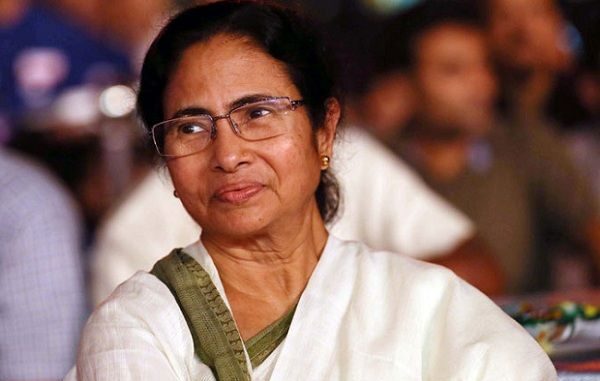
By
India is the world’s largest democracy. India’s population is over 1.25 billion and women constitutes close to 50 percent. India is a prosperous nation and is emerging as a leader in Asia after China and is one of the most emerging markets in the world. The general elections in 2014 change the situation in the country. India got its first government with clear majority after 30 long years. Bharatiya Janata Party-led National Democratic Alliance won a huge mandate and the new Prime Minister Narendra Modi promised ‘acche din’ for the people.
BJP won 282 seats and NDA secured 336 seats out of 543. Out of 543 there are only 66 female Member of Parliaments in the Lower House. The percent of women MP is only 12.15. The situation has improved from the very first Lok Sabha in 1951 but it is not good enough and less than one-third members are women. The list includes Sonia Gandhi, Sushma Swaraj, Anupriya Patel, Dimple Yadav, Hema Malini, Harsimrat Kaur Badal etc. This is the highest number of MPs that the people have elected but it is still very short and needs improvement.
India has 29 states and seven Union Territories. The number of Chief Ministers is in single digits and only three, Mamata Banerjee (West Bengal), Mehbooba Mufti (Jammu and Kashmir) and Vasundhara Raje Scindia (Rajasthan), are the CMs of these states. Anandiben Patel was in 2016 sacked as the Gujarat CM and Mayawati and Shiela Dikshit have been CMs of Uttar Pradesh and Delhi respectively.
India follows a patriarchy mentality. Indian system relies on men to provide for the family and he is the boss and the breadwinner of the house. The discrimination against women is equal in rural as well as urban areas. Bihar, Madhya Pradesh, Uttar Pradesh, Rajasthan are the states which are notoriously bad for women. The illiteracy, lack of freedom, child marriages, security and dowry are the main problems suffered by women.
The strength of Union Cabinet Ministry is 75 and only seven cabinet ministers are women. The union ministers are Sushma Swaraj, Anupriya Patel, Nirmala Sitaraman, Smriti Irani, Uma Bharti, Harsimrat Kaur Badal and Maneka Gandhi. Sushma Swaraj holds the important ministry of External Affairs and apart from Nirmala Sitaraman, who holds Commerce ministry the other ministries are not powerful or meaty. There are no female MPs, who have powerful portfolio such as Finance, Home, Defence, Law, Sports etc. The number of women ministers are less than 10 percent and it is not a fair reflection of women in our democracy.
India had its only female PM in Indira Gandhi in the 1970s and after that we didn’t have a single woman PM. Pratibha Patil was the honourable President from 2007 to 2012 but was in the news for all the wrong reasons and could not continue in the role after her term got over. The lack of female politicians comes down to the winnability factor. Parties are afraid that if they give women tickets the chances are there that they might lose and probability of them winning are very slim.
The change has to start from panchayati level up to the Lok Sabha and Rajya Sabha. The process is tedious and will take time but India, which prides and champions the cause of women has to start the process and in the next general elections women MPs have to be around 100 or more than that. Women are very good administrators and they have proved themselves. Sushma Swaraj, Smriti Irani are well-known politicians and they are as good as their counterparts. India has witnessed so many changes over the years and entry and active participation of women in politics should be encouraged and should be the top most priority of the government and the law making bodies.
Rio Olympics in 2016 was a refreshing change. Sakshi Malik and Pusarla Venkata Sindhu made India proud by winning bronze and silver medal respectively. If women can become doctors, astronauts, scientists, judges, lawyers, bureaucrats, CEOs then why not politicians? The entry of women has to be encouraged and it is time to change the perception that women are too soft for politics.
India will be having its next elections in 2019 and the goal must be to have more female MPs in the lower house. BJP, Congress and many regional parties have to walk the talk and should reserve 50 percent tickets for women. The irony is that Congress National president Sonia Gandhi despite being a woman have no woman CM in the states governed by them and the leader has to set an example. BJP, which considers themselves as party with a difference has a lot of catching up to do and should appoint many more CMs in their bastions.
Where is India headed? India claims that they are the emerging as the next global leaders but that cannot happen if you ignore the other gender and become a totalitarian state. The situation in world over is not good and women are getting a raw deal in politics as well as life. The revolution has to start somewhere and India should take a lead and set an example.
Source: Free Press Journal

Leave a Reply